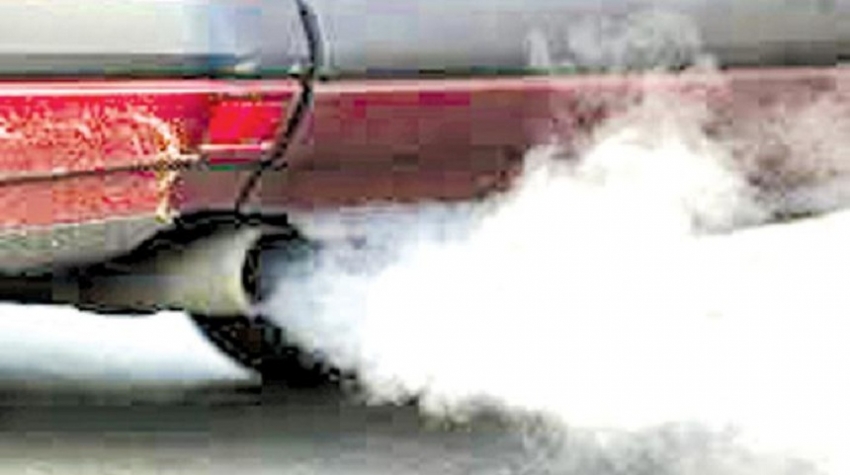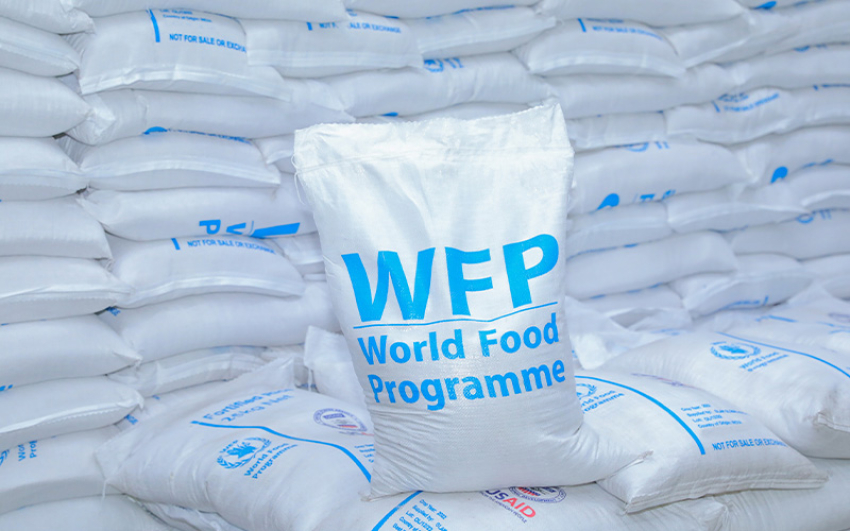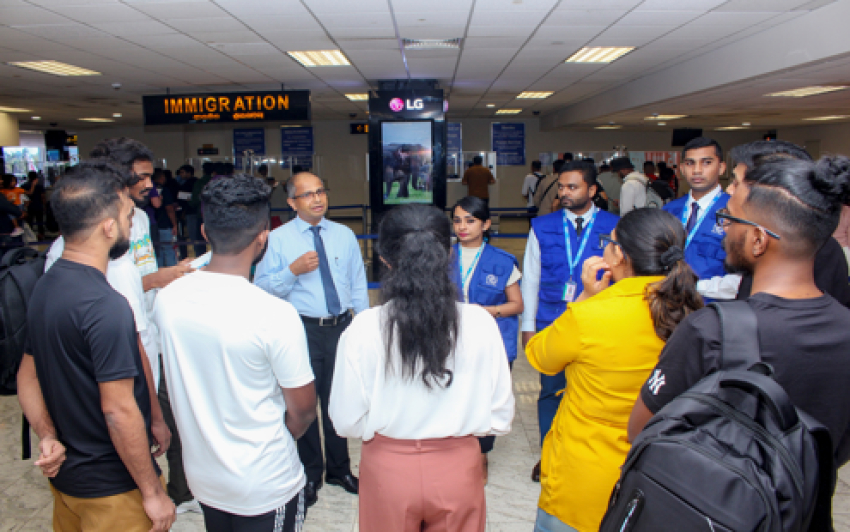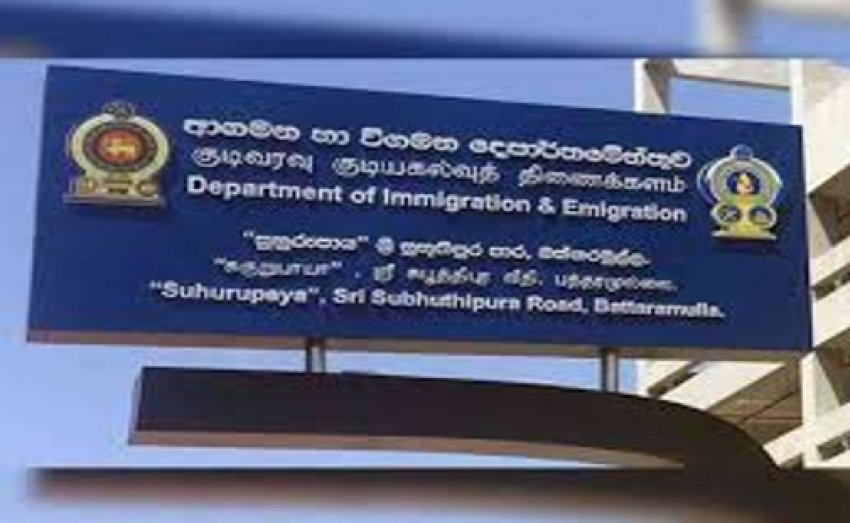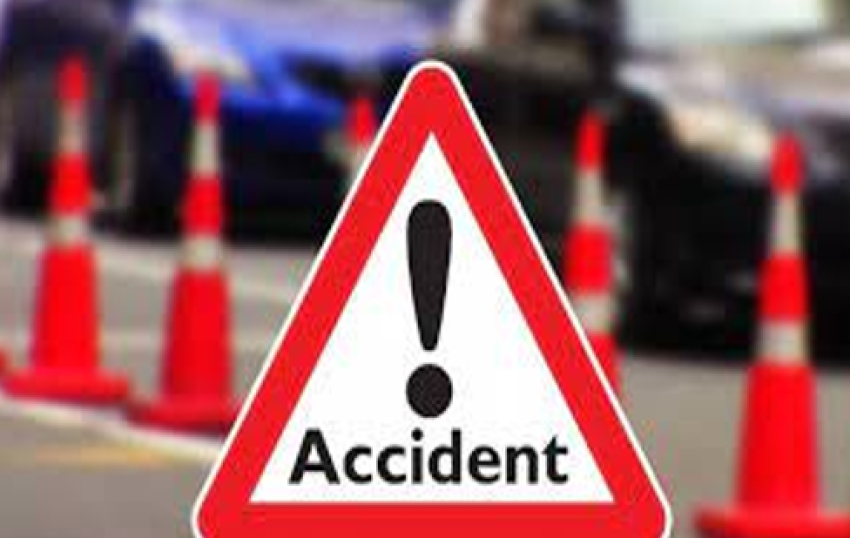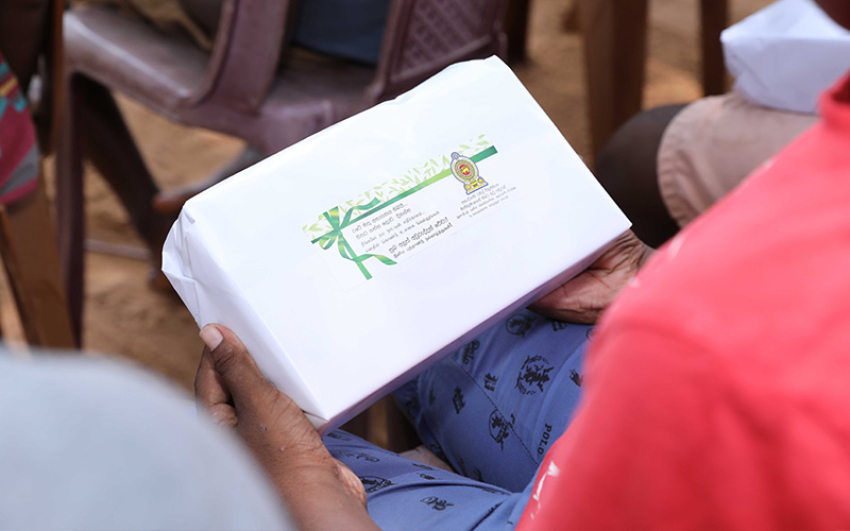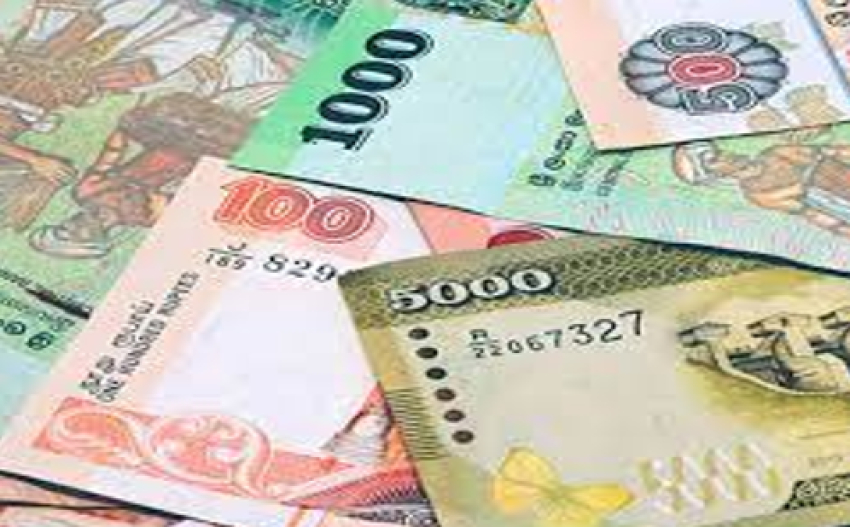Though Sri Lanka’s air pollution standards are better than most of the South Asian countries, ignorance of the public; a negative attitude towards new technology and lack of finances to employ state-of-the-art equipment in the trade sector and limited research and analysis, still pose challenges in reducing pollution levels.
Air pollution, is a major environment risk which not only contributes to climate change but also brings in many health concerns. Key air pollutants are carbon monoxide (CO), methane (CH4) sulfur dioxide (SO2), nitrogen dioxide (NO2), ozone (O3) and particulate matter (PM) or the miniscule particles of varied substances including dust, ash, carbon and even plastic.
The more polluted the air becomes in an area, the more risk of cardiovascular and respiratory diseases of the populace. In Sri Lanka, people living and working in major cities are at the risk of breathing polluted air, said Community Health Specialist of the Health Ministry, Dr. Inoka Suraweera.
The Air Resource Management and National Ozone Division (ARMNOD) of the Ministry of Mahaweli Development and Environment, the authority responsible for air pollution control in the country, measures quality of ambient or outside air in the main cities such as Colombo, Gampaha, Kalutara, Galle, Ratnapura, Kandy, Kurunegala, Horana, Anuradhapura and Puttlam.
They measure the SO2, NO2 and the PM levels in the air with the support of the National Building Research Organisation (NBRO).Air pollution levels in Colombo, the busiest city in the country, go much higher than the recommended levels at times. However, in 2017, Kurunegala had recorded the highest NO2 levels and Horana the highest concentration of minute particulate matter (PM 2.5) levels, said Senior Scientist H.D.S. Premasiri of the NBRO.
Sri Lanka’s vehicular air pollution is due to the poor quality of systems, said transport specialist and economic and financial analyst, Dr. H. D. Jayaweera.With thousands being added to the fleet of vehicles monthly, the country used upto 1.58 billion litres of petrol and 2.10 billion litres of diesel from January 1 to October 31, 2018. As Sri Lanka jumped from developing country status to that of a middle-income country with a per capita income of over USD 3,500, it is natural for people looking for ease and efficiency, to purchase a small vehicle for their own transport, he said.However, this had created traffic congestion, reduced overall efficiency and contributed to air pollution.The best way to overcome the problem is to improve the quality of public transport. Plans are underway to achieve this, through the megapolis development initiative, Dr. Jayaweera said. Director, ARMNOD, Sugath Dharmakeerthi, Director, Climate Change Secretariat, Dr. Sunimal Jayatunga, Assistant Director, Environment Pollution Control and Chemical Management Division, Ms. Sujeewa Fernando and Senior Chemical Scientist, Industrial Technology Institute, R.N.R. Jayaratne also spoke.

